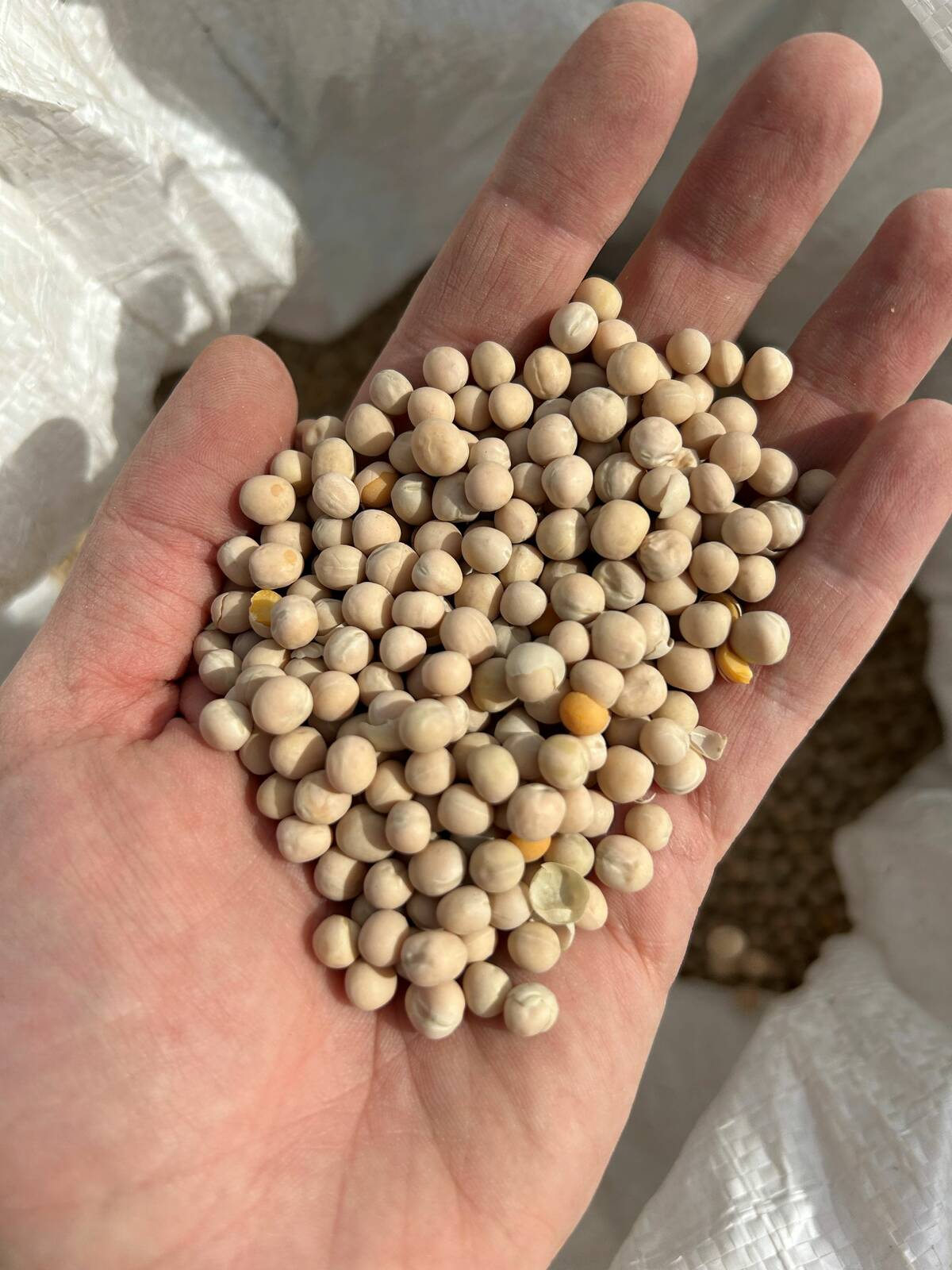The biofuels industry could drive canola demand into unheard of territory in the coming decade, according to one industry expert.
“The capacity of crush could grow from 11.3 million metric tonnes today to 18 million metric tonnes in three or four years,” said Chris Vervaet, executive director of the Canadian Oilseed Processors Association (COPA).
Vervaet was among the speakers at this year’s CropConnect conference in Winnipeg Feb. 14. His talk focused on the impact of renewable fuels on the canola value chain.
Read Also

Pulse Weekly: Tariffs guide yellow peas in 2025
Tariffs were a major influence on Canadian yellow pea prices in 2025, with levies imposed by China and India. The two countries are Canada’s biggest foreign pulse buyers.
“This is unprecedented,” said Vervaet. “I’ve talked to folks who have been around oilseed processing for the better part of 30 or 40 years; they’ve never seen this kind of growth.”
Roughly 2.5 million tonnes of canola seed equivalent stocks are currently used for biofuel markets in Canada, the U.S. and the EU. Vervaet said it could grow to 5 million by 2026 and could reach as high as 8 million by 2030.
“We’re taking a stab in the dark here a bit, but we feel pretty optimistic about the role of biofuels in seed demand going forward,” he said.
To meet that demand, seven new Canadian facilities have been announced over the last three years to bolster renewable diesel production capacity.
“If it all gets built the way that it’s been described in their press releases, that could be 4 billion litres of capacity over the next four or five years,” said Vervaet.
South of the U.S.-Canada border, another 25 facilities are either operating, under construction or being planned. “If that all comes to fruition in a couple of years time, that’s close to 30 billion litres of production capacity,” said Vervaet. “This is a tremendous opportunity to see more value-added processing occur in Canada.”
–Further coverage to come.
















